In modern oral-care systems, ensuring crown compatibility while leveraging advanced pressure sensors tech is paramount—after all, excessive force over an extended treatment duration can lead to veneer damage or microfractures in prosthetic restorations. Below, we explore six critical considerations for designing devices that adapt to various crown materials without compromising longevity or patient safety.
First, different crown substrates—zirconia, porcelain-fused-to-metal (PFM), and composite veneers—have unique hardness and elasticity profiles. Pressure sensors must be tuned so that:
This dynamic calibration preserves both enamel and prosthetic surfaces.
Moreover, real-time pressure sensors tech can actively prevent veneer damage by:
Such feedback loops are essential for protecting delicate restorations.Company web: https://www.powsmart.com/product/electric-toothbrush/
Next, treatment duration interacts directly with applied force to determine wear rates:
Balancing duration and force prevents micro-fatigue in restorative materials.
In hardware design, consider:
These adaptive protocols maximize cleaning efficacy while safeguarding crowns.
Beyond tech, effective crown compatibility requires:
Education ensures that advanced pressure sensors translate into real-world protection.
Finally, B2B partners should prepare for next-gen innovations:
By uniting smart sensors, timed treatments, and clinical feedback, manufacturers can deliver B2B solutions that guarantee both performance and prosthetic preservation.
Conclusion
Ensuring crown compatibility in pressure-sensitive oral-care devices demands a holistic approach: calibrate force for each material, manage treatment duration, and guard against veneer damage through real-time feedback and adaptive protocols. With rigorous user training and forward-looking sensor integration, B2B partners can lead the market in restorative-friendly technology. For collaboration on crown-safe device platforms, please contact our team!
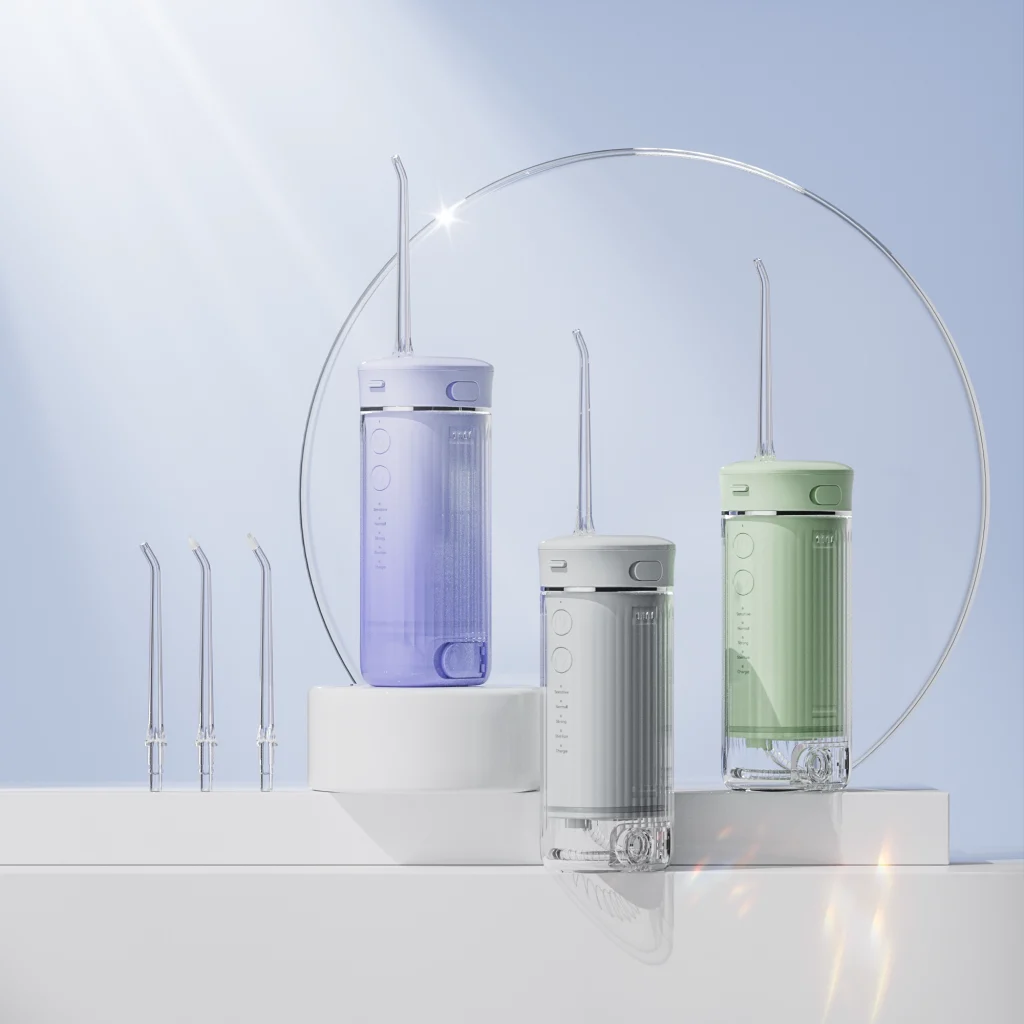
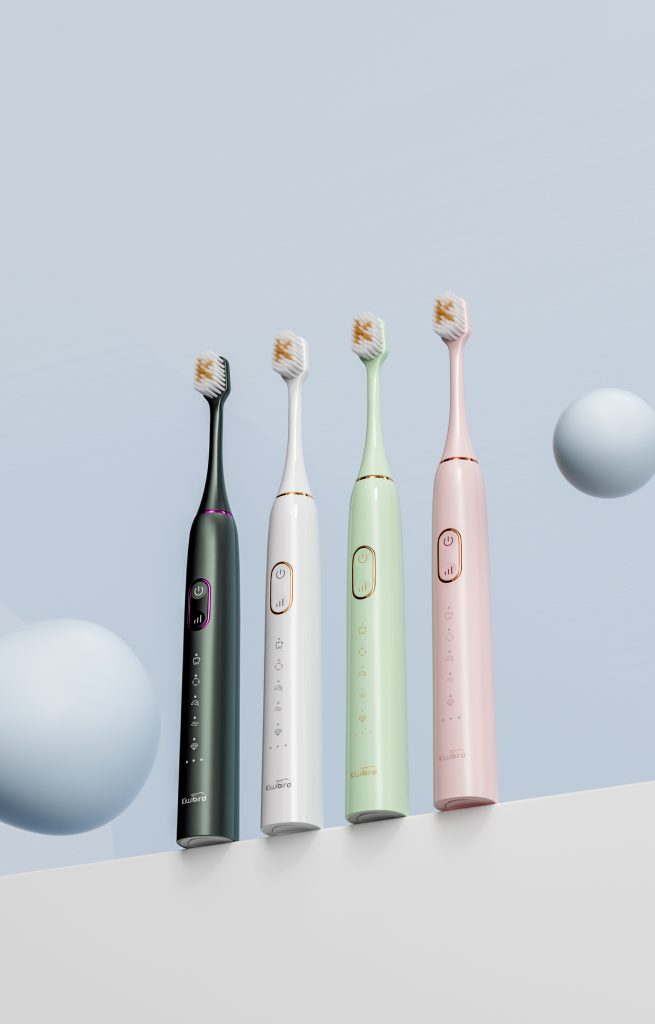
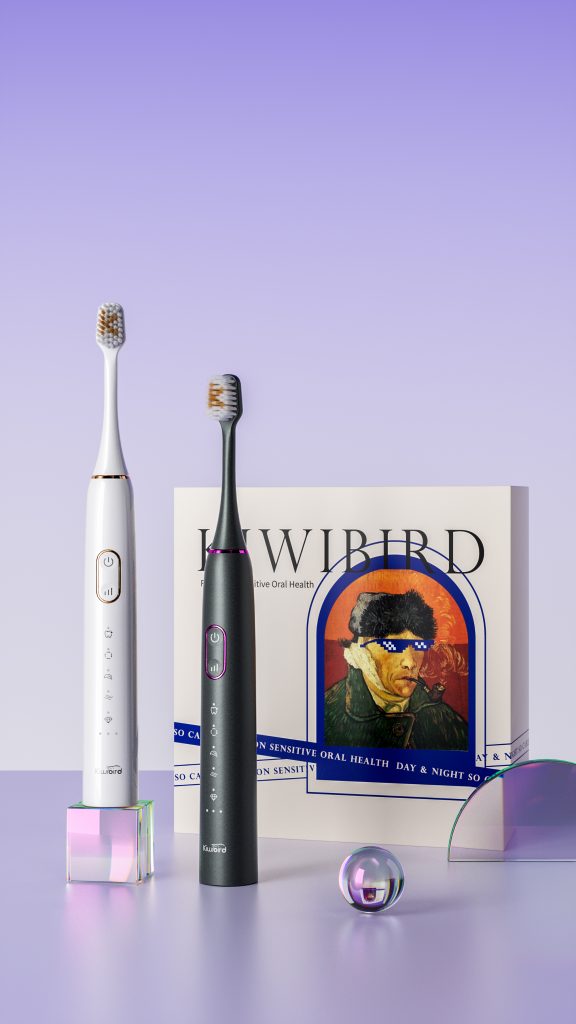
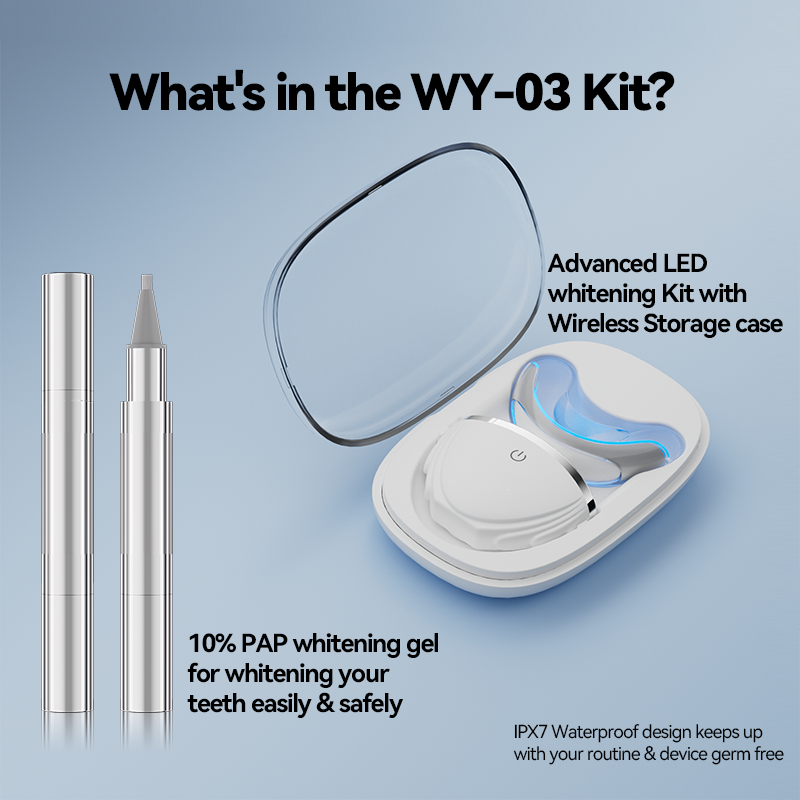
Red and Blue Light Teeth Whitening Device Aging Test Standard: 500 Hours of Continuous Working Reliability Verification
How to Choose Good Bristles When Selecting an Electric Toothbrush?
Are You Brushing Too Hard?

Waterproof Design Flaws of IPX7 Water-Resistant Water Flossers: Solutions to Seal Ring Aging and Water flosser Ingress Failures
How Does Allergen Testing Prevent Bleach Residuals?
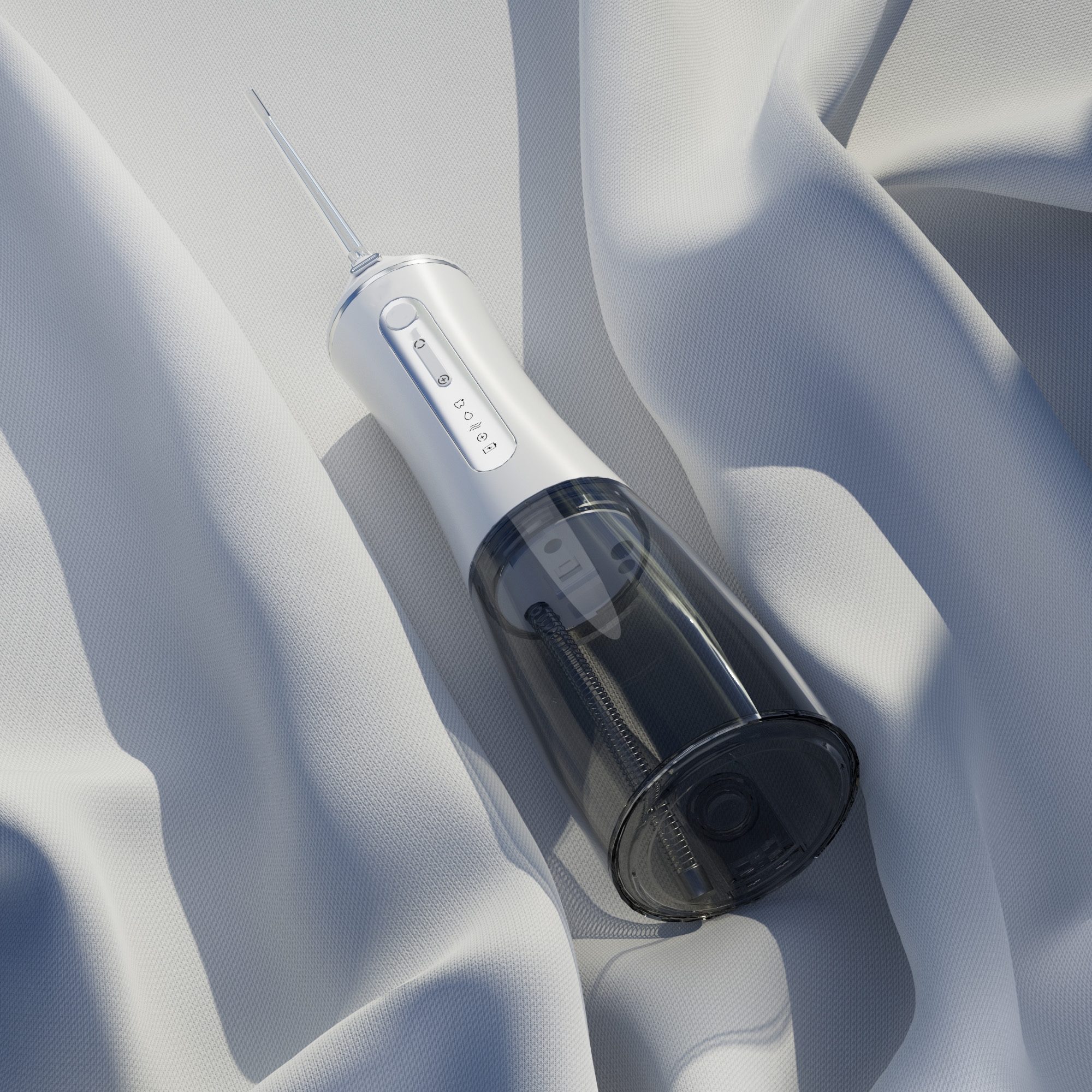
Travel Water Flosser Design: Power Compatibility, Storage & Waterproofing
.jpg)
Where to test a Seattle urban toothbrush? Visit the Seattle demo store!
Tray Deformation Causing Occlusal Discomfort – Fixable?
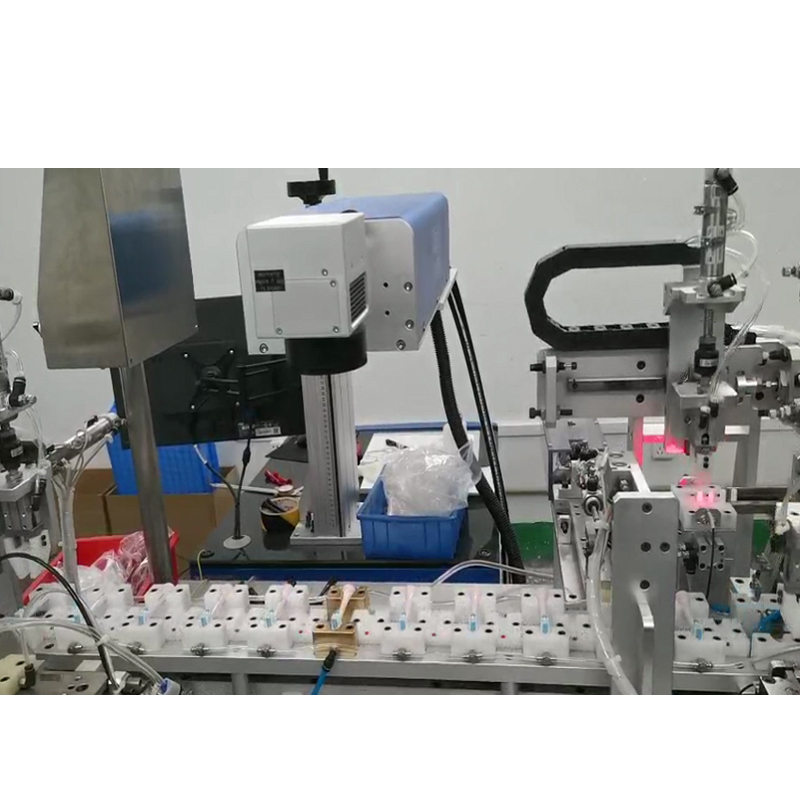
How Can Gradient Color Injection Molding Technology Improve the Attractiveness of Electric Toothbrushes?
Why Dentin Exposure Risk with UV Light Risks?

The 3 Most Common Tests for FDA Rejection of Home Teeth Whitening Devices
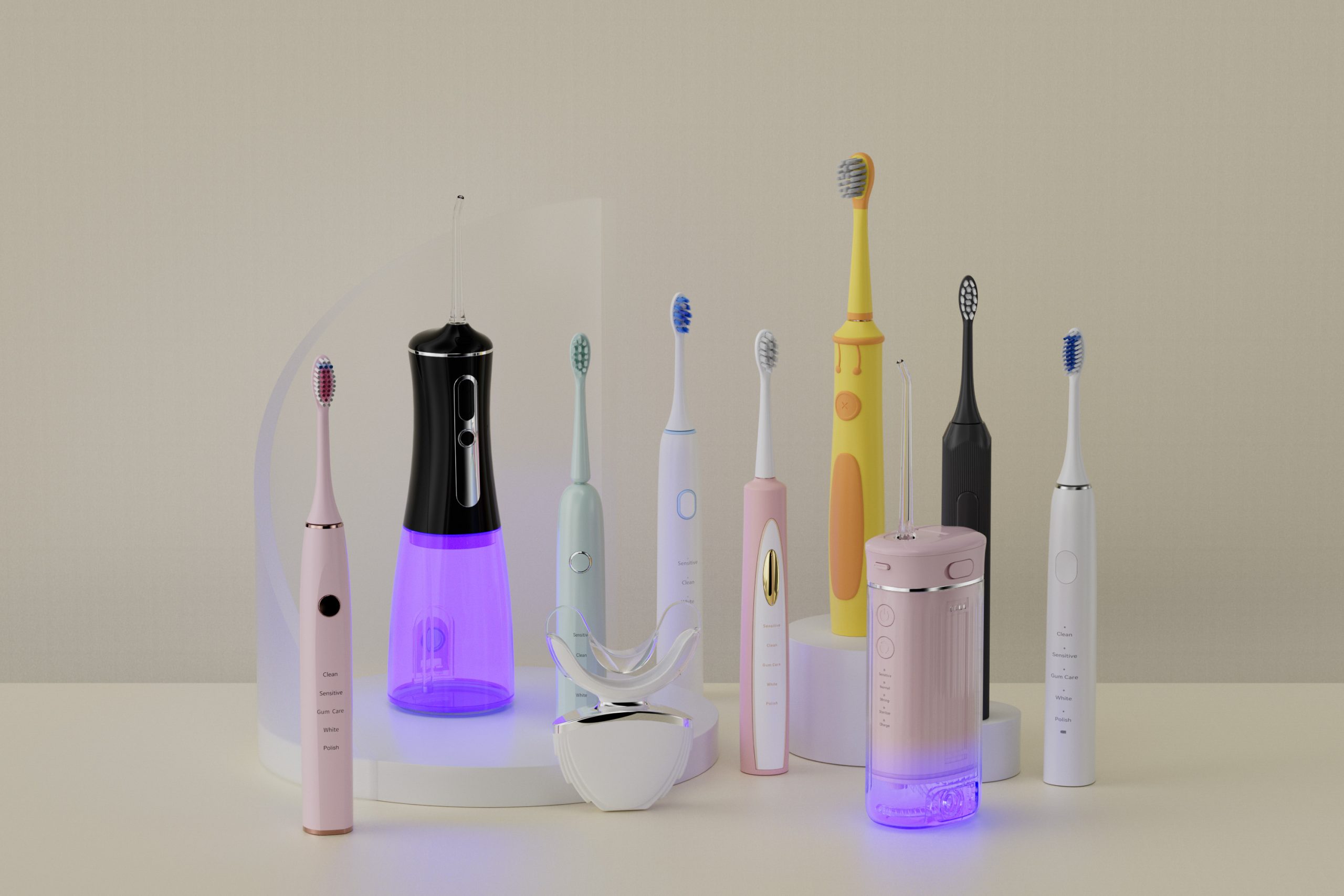
Oral Care Industry: How to Expand the Global Market?
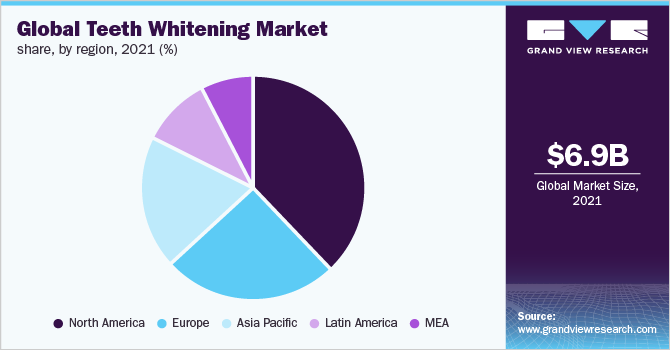
Analysis of Differences in Preferences for Teeth Whitening Devices in the European and American Markets vs. Asian Markets

Electric Toothbrush Wholesale Market Analysis: Some of the Best-Selling Models in 2025
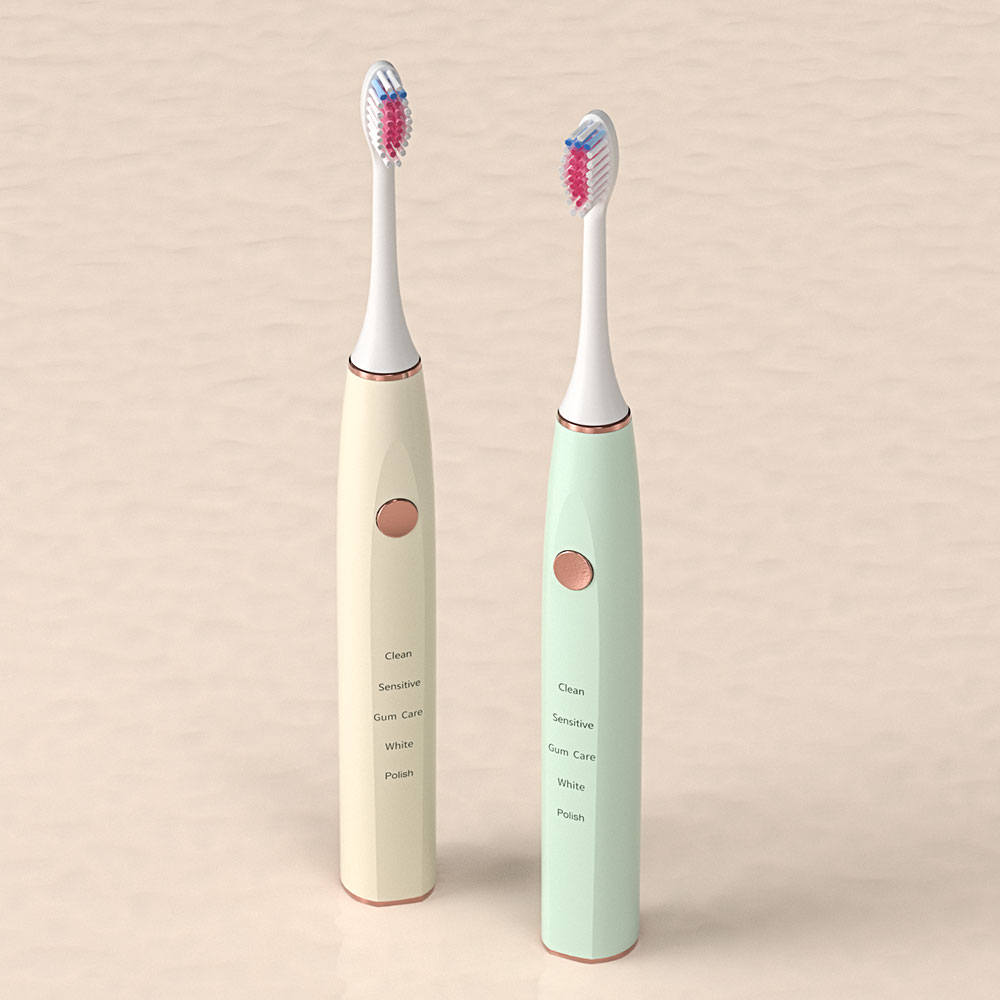
How much does it cost to manufacture a toothbrush?
-1-scaled.png)
How Red Light Therapy Boosts Gum Health in Advanced Oral Care Products

electric toothbrush heads Charcoal Infuse-Round

electric toothbrush heads Regular Clean

electric toothbrush heads Ultra Soft

Private Label Whitening Gel
.jpg)
Florida Electric Toothbrush – Powsmart PTR-C8

Electric toothbrush heads Charcoal Infused-Diamond

electric toothbrush heads Deep Clean

Customization Teeth Whitening Gel
whstapp
whstapp
National Toll-Free Service Hotline
+86 755 86238638